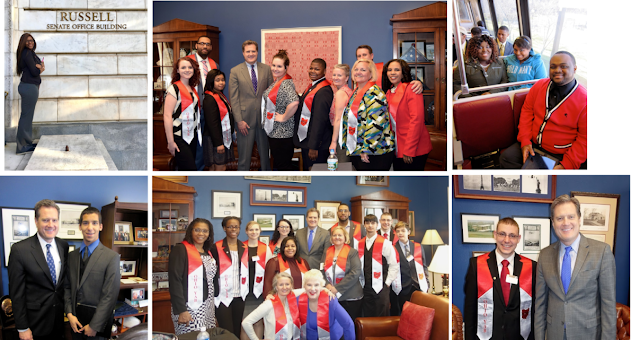The Supporting Foster Youth and Families through the Pandemic Act (H.R. 7947) includes the following:
1.) Fostering Stable Housing Opportunities Act (permanent)
- Makes the Foster Youth to Independence (FYI) program permanent in statute.
- Extends the three-year FYI voucher term by 2 additional years for individuals participating in the Family Self- Sufficiency Program (FSS) or similar self-sufficiency activities.
- Provides $25 million for the Family Unification Program (FUP). $20 million of these funds are for on-demand housing vouchers for young people with a foster care history.
2.) #UpChafee (effective through FY 2021)
- Increases in Chafee funds by 400 million.
- No state match is required for this increased Chafee allocation.
- Youth are Chafee eligible until reaching age 27.
- States can lift the 30% cap on room and board and provide room and board to young people who are between ages 18 years and 27 and have experienced foster care at 14 years of age or older.
3.) Education and Training Vouchers (effective through FY 2021)
- At least 50 million of the 400 million Chafee allocation must be used for ETV.
- The maximum ETV award is $12,000 per individual youth per year (from $5000) through FY 2022.
- Waiver of the enrollment and satisfactory academic progress requirements (SAP) for ETV through FY 2021 if young people are unable to meet the requirement due to the pandemic.
4.) Preventing Youth from Aging out and Providing Re-Entry (effective through FY 2021)
- A state cannot require a child to leave foster care due to turning 18/21.
- Young people can remain IV-E eligible even if they are not able to meet the participation (work and school) requirements for extended foster care and if they are age 21.
- States are required (“shall”) to provide re-entry to foster care to youth who aged out during the pandemic and have not attained age 22 and must facilitate the re-entry process.
5.) Provisions to Notify Young People and Streamline Access to Assistance
- States must notify young people about expanded Chafee eligibility and services, the moratorium, and the re-entry provisions.
- The law prohibits HHS from requiring states to provide “proof of a direct connection to the pandemic if doing so would be administratively burdensome or would otherwise delay or impede the ability of the State to serve foster youth.”
Also included:
6.) Relief for Higher Education Institutions and Students (effective through FY 2022)
- $22.7 billion allocated to a Higher Education Relief Fund for colleges and universities. At least half of this amount must go directly to students in the form of additional financial aid.
- Increases the maximum Pell grant award by $150, from $6,345 to $6,495 for the 2021-2022 academic year.
7.) Streamlining the FAFSA for Youth with Experience in Foster Care and Homelessness (these provisions take effect on July 1, 2023)
- Eliminates the requirement that the status of foster youth and unaccompanied homeless youths be redetermined every year.
- Expands the list of officials and programs that may verify that an applicant is an unaccompanied homeless youth.
- To verify a youth’s foster care status, institutions must accept official state documents, an electronic data match with the state agency, a documented phone call with a county agency, foster care provider, attorney or CASA, or verification that the student is eligible for a Chafee ETV grant.
- Requires the development of a simplified FAFSA with a single question on homeless status (this part, we are curious about, because there are pro's and con's to it)











